
PPE should always be used to prevent any accidents from happening whilst working in any business environment as well as with working with animals. PPE should be individually tailored to suit the needs of what act you are undertaking, if you feel there is not adequate PPE or it is not appropriate you should use alternative methods.
It is always important to use safe lifting techniques so you are able to prevent injury to yourself or possibly to others working around you as well as the animal that you are working with, so remember not to injure yourself or those around you by using bad lifting techniques this may advocate the animal also.
If you feel the dog is too heavy to be lifted up try using two persons within the facility to lift the animal and always ensuring both of you carry out the correct lifting procedures with the animal you are dealing with.
If the animal is wild or if it is of a bad temperament then always ensure you take precautions such as placing a muzzle over the dogs snout to prevent yourself from being bitten by the dog, also be wary of where the dogs claws are as they are capable of causing damage to both you and those around you.
Three Animal Care Utilities
Snake Hood:
This is a long piece of plastic with a metal hook on the end. You place the hook half of the way from the neck so not to damage any organs further down its body. You slide the hook gently under the snakes body and slowly lift it out.
Crush Cage:
This is the same style and shape of a wire pet carrier but has an extra piece of wire that goes along the length of the cage. You place the animal in the cage, lock it up and then push the extra piece of wire against the animal until its pushed against the other side of the cage.
Cat Grasper:
This is a long piece of metal with a grasper on the end. If youre trying to catch a wild or a boisterous cat its easy to use a cat grasper. You place the cat grasper round the back of the cats neck, without squeezing the grasper hard and not too far up the neck as you may choke it. The grasper keeps the cat in place so you can handle it easily and safely.
Looking after Dalmatians
Coat should be short, hard, dense, fine, sleek and glossy in appearance.
Equipment needed nail clippers, bristle brush, hound glove, chamois leather.
Grooming Procedure:
One of the joys of a smooth coasted breed is the ease of grooming. With Dalmatians, maintenance grooming is the key. A consensus of opinion regarding grooming is as follows:
Good nutrition with an emphasis on oils and saturated fats for a bright and shiny coat.
Adequate exercise for the development of good muscle tone.
Regular brushing with a rubber curvy comb or hound glove.
Bathe as necessary with a mild shampoo and a non-toxic bluing. Because the Dalmatian is pink skinned, it lacks the overall protective pigment; the skin reacts frequently to harsh shampoos, shampoos with additives and detergents. Non-toxic bluing whitens the coat without irritating the skin.
Nail clipping becomes difficult when the nails are black. A pen-light may be used to locate the quick before cutting. Short even nails help to keep the feel tight and encourage natural trotting ability.
Clipping excess facial hairs & whiskers gives the face a clean chiselled appearance.
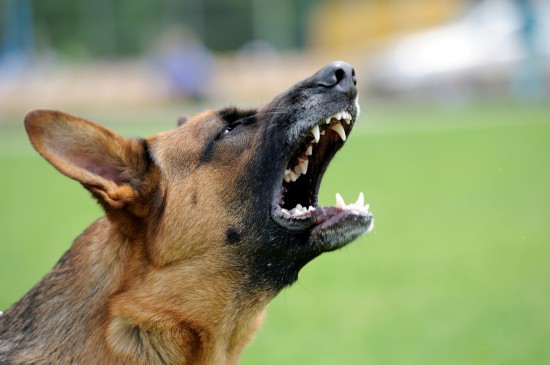 What Factors May Trigger An Aggressive Dog?
What Factors May
What Factors May Trigger An Aggressive Dog?
What Factors May
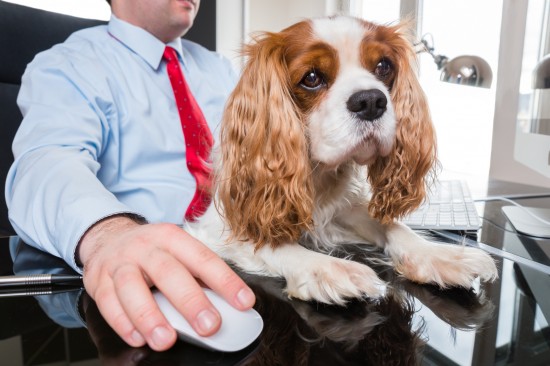 Pet Friendly Companies, And Etiquette When Taking Your Dog To Work
Pet Friendly Comp
Pet Friendly Companies, And Etiquette When Taking Your Dog To Work
Pet Friendly Comp
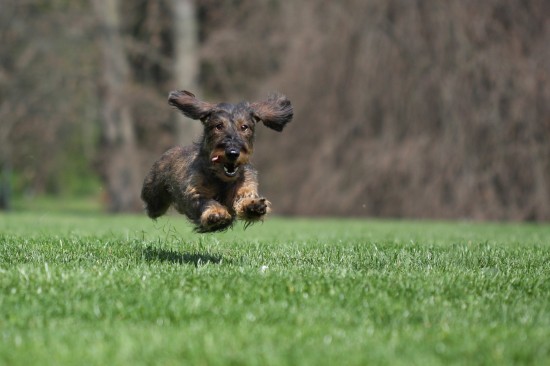 How To Train A Dog To Stop Running Away
How To Train A Do
How To Train A Dog To Stop Running Away
How To Train A Do
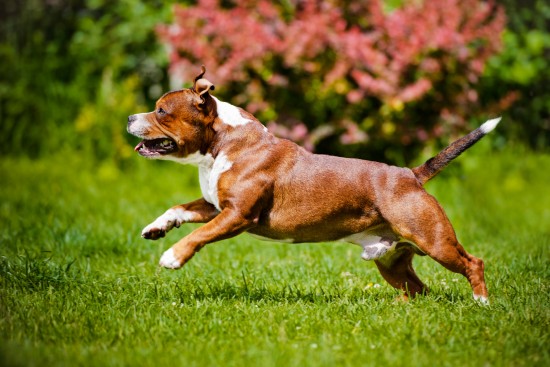 Controlling A Dogs Reactivity To Other Dogs
Controlling A Dog
Controlling A Dogs Reactivity To Other Dogs
Controlling A Dog
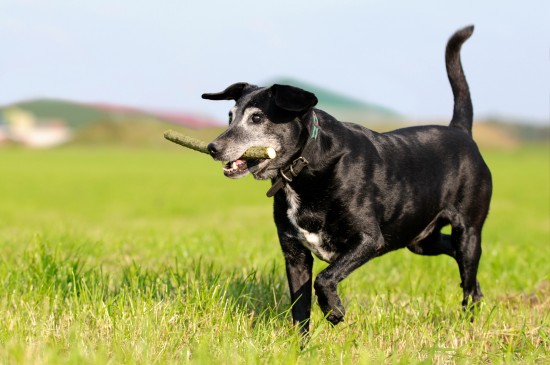 Does Nutrition Play A Role In Treating Kidney Disease In Dogs
Does Nutrition Pl
Does Nutrition Play A Role In Treating Kidney Disease In Dogs
Does Nutrition Pl
Copyright © 2005-2016 Pet Information All Rights Reserved
Contact us: www162date@outlook.com